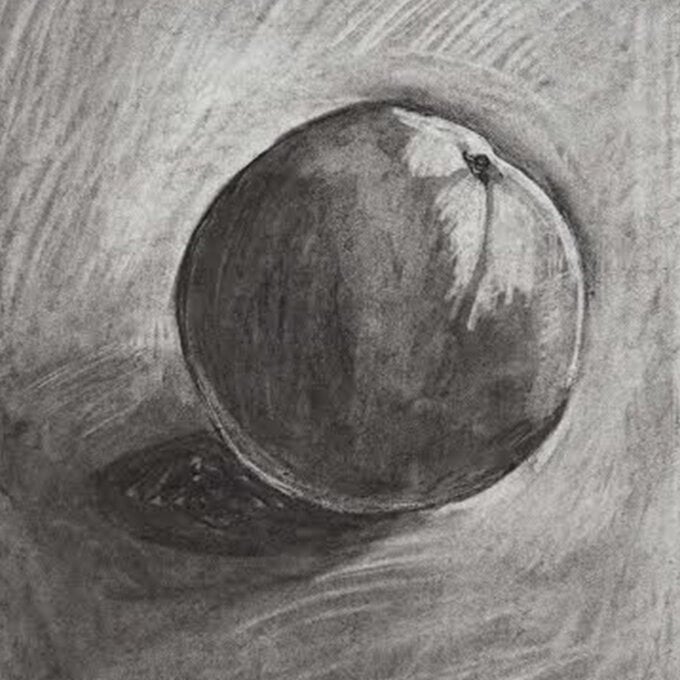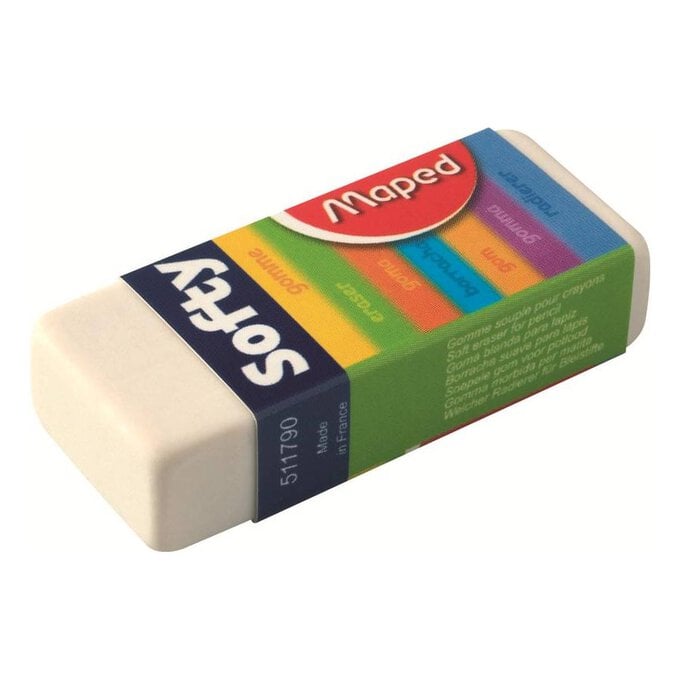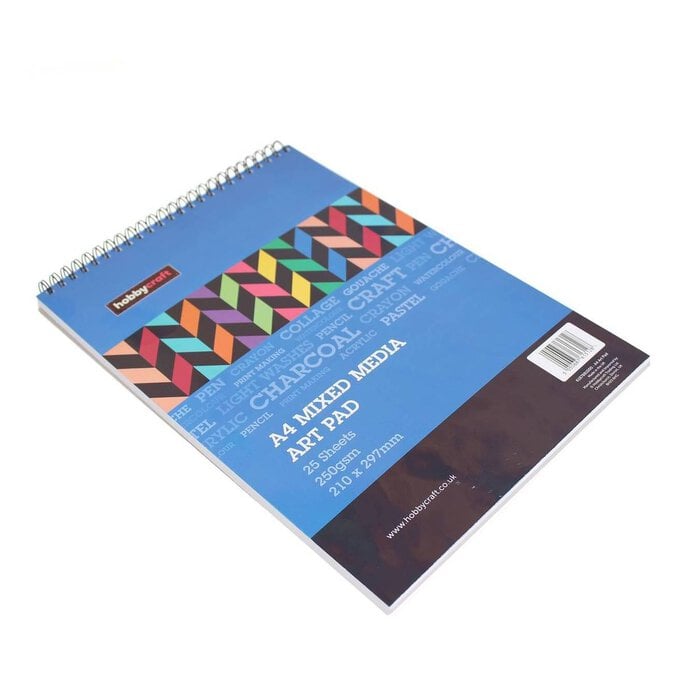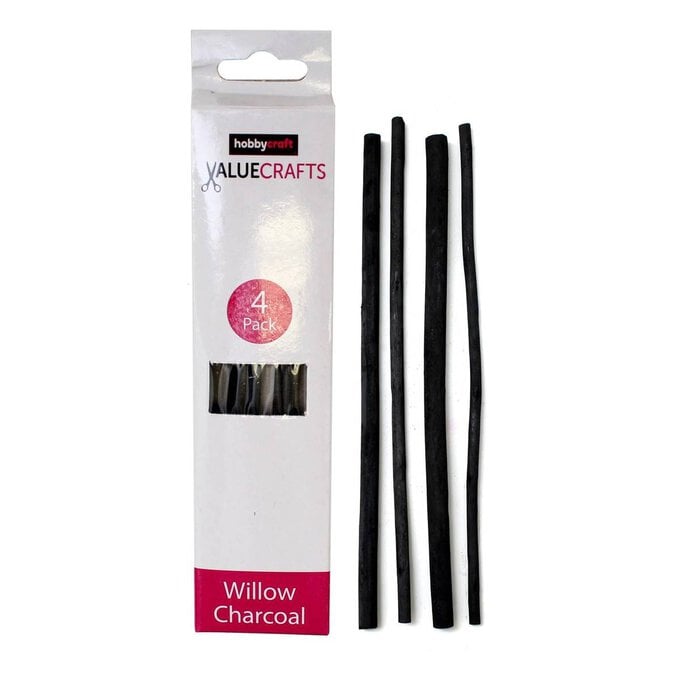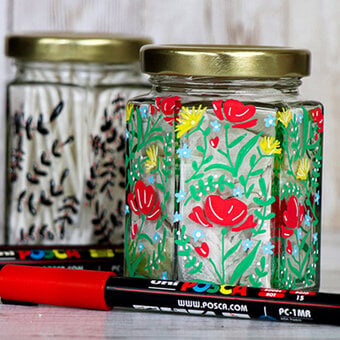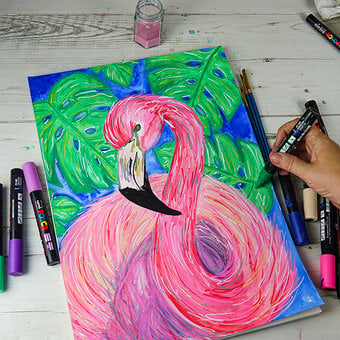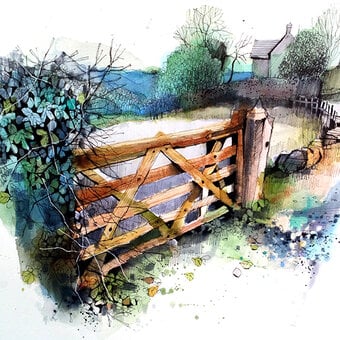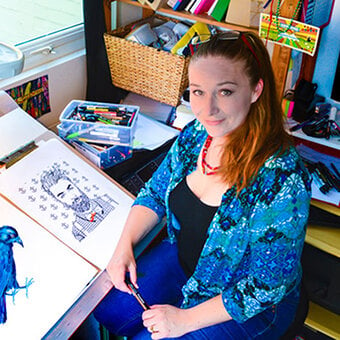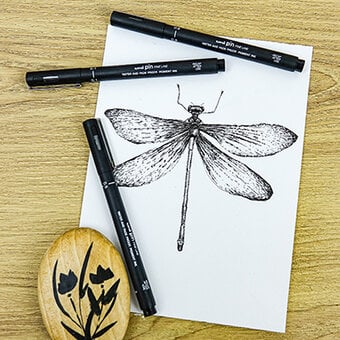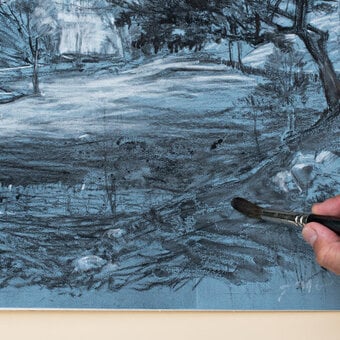How to Draw an Orange on a Table
Full of great projects to help beginners into the world of art, as well as helping intermediates and experts to build upon existing skills The Big Painting Challenge book will give you helpful hints and tips.
Master the art of light and shade with this step-by-step tutorial and learn how to transform real life objects into art!
Imagery and text courtesy of The Big Painting Challenge by Rosa Roberts published by BBC Books
You will need
Subtotal
Is $ 5.49
Subtotal
Is $ 13.00
Subtotal
Is $ 4.49
Out of stock
Subtotal
Is $ 0.49 , was $ 1.49
You will also need:
An Orange
A stiff board
A cloth or duster
Position an orange on the table in front of you in a space with a good amount of natural light, if possible.
Set up your materials and easel, if you have one (just work on a board if you don't), so that you can comfortably see both the subject and your drawing at the same time.
Prepare a mid-grey charcoal background.
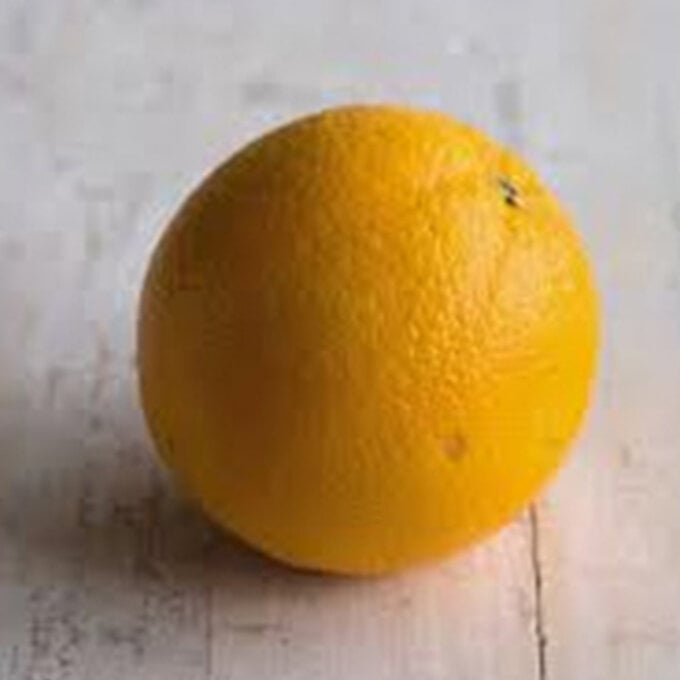
Start by drawing the outline of the round shape of the orange as best you can, paying attention to any lumps, bumps and irregularities in the shape. Get the stump of the stalk roughly in place, paying close attention to how far it is from the outline.
By working like this in charcoal on a mid-grey background, you should be able to rub away lines with your hand if you make a mistake so there is no need for a rubber until you start shading.
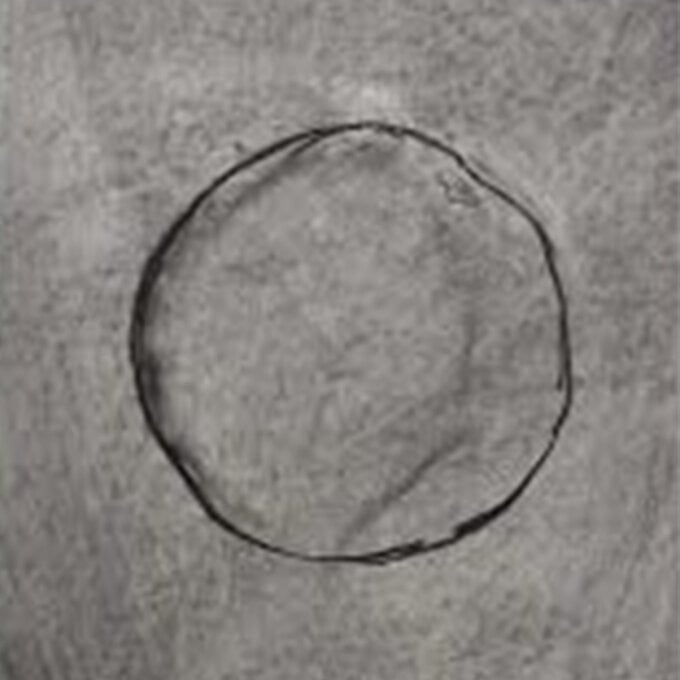
Look at your orange and think about where the main lights and darks are, and where the light is coming from.
The orange in the photo is on a table next to a window so the strong light is coming from the right. This means that the orange looks lighter on the right than on the left. The pink lines roughly divide the areas of different tones, including the shadow the orange leaves on the table. These lines are the basis for the shading plane.
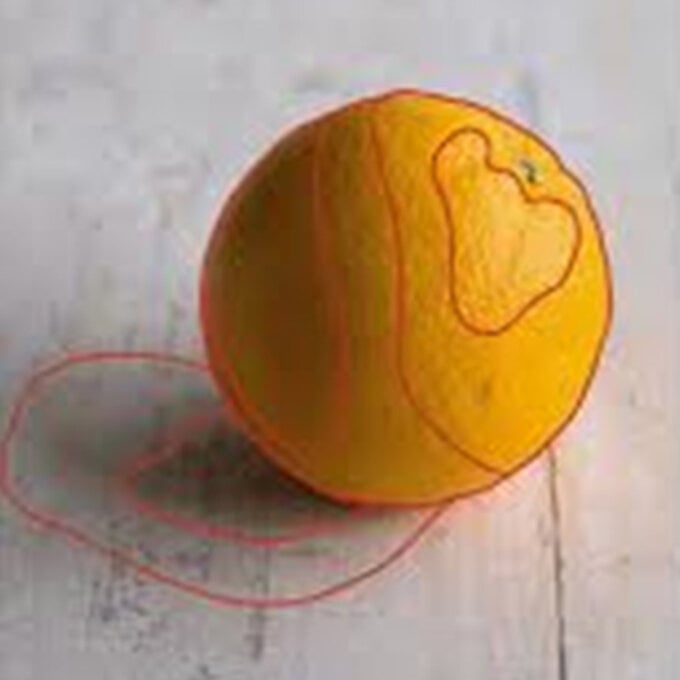
Draw around the areas of light, medium and dark in the orange outline you have drawn. Also draw around the outline of the two areas of the shadow on the table, ready for filling in.
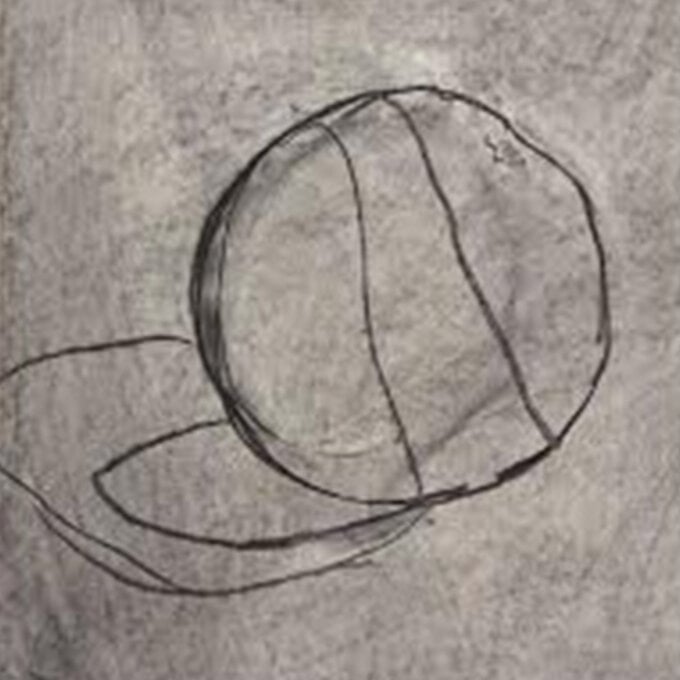
Shading the object itself is called primary shading and the shading of the background is called secondary shading.
Now use your charcoal to fill in the dark and medium areas of the orange, blending the charcoal with your fingers so that it looks fairly smooth.
For the light areas, such as near the top of the orange where light is reflecting off the shiny surface, use a rubber to remove the mid-grey surface charcoal. In the original photo, notice that the bottom left-hand edge of the orange is slightly lighter than the table.
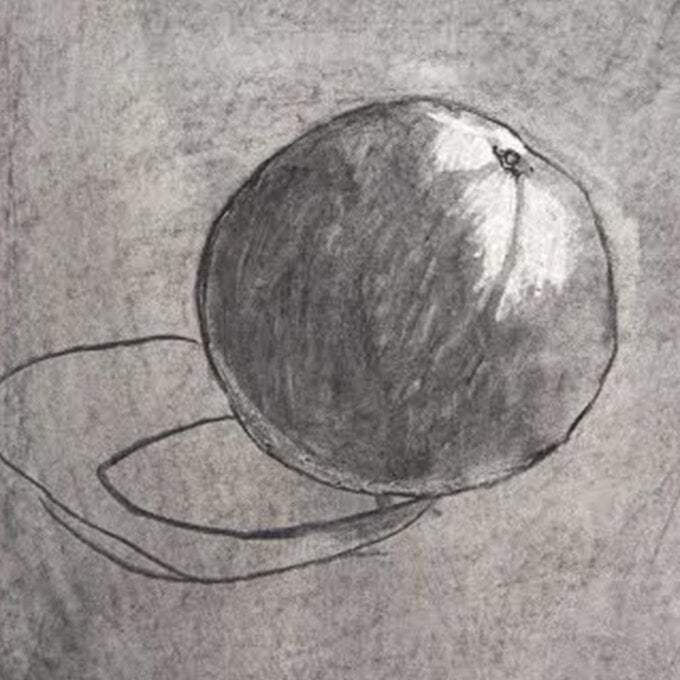
Now it's time to fill in the shadows and work on the secondary shading. Notice that the shadow is darkest closest to the orange and it fades out further away from the orange. Fill in the dark and medium sections of the shadow with the charcoal according to your plan.
Then it is time to work on the rest of the background.

When thinking about secondary shading, always consider whether the background looks darker or lighter than the object.
There is usually some variance: the background will look darker in some areas and lighter in others. Remember that the shadow on the table looks darker than the bottom of the orange.

In order to lighten the background, erase away the mid-grey using a rubber. Pay attention to any areas that look particularly light, and establish these light areas first.
For example, the lightest area of the background of the photo is close to the orange on the upper left-hand side, so get this in first.

Look for areas of high contrast to help you identify the lightest areas of the background, i.e. the upper left-hand side of the orange looks very dark compared with a very light background. This is an edge of high contrast and so provides a clue that the background in that area will need to be particularly light.


I have added a little bit of charcoal to darken the background slightly just next to the lightest part of the orange: this accentuates the edge in that area.
I have also adjusted the primary shading in this area by adding a little more light along the edge of the orange itself.
